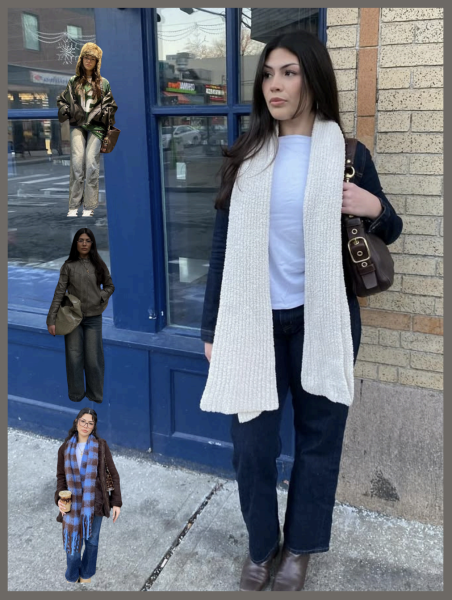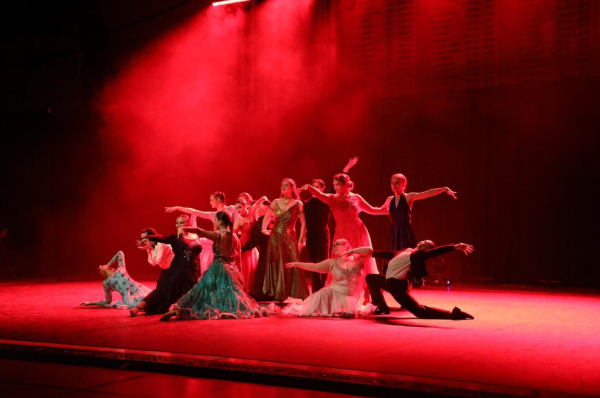Disco meets hip hop in Migos music video
Rap music exists as a dominant music choice among college students, and rap videos find its popularity through portrayals of models, money, high-end fashion, and marijuana. All these trends are likeable among, or desired by college-aged individuals, increasing their interest in hip-hop music videos.
The hip-hop trio, Migos, has proven its place in the rap industry creating top charters accompanied by stereotypical rap videos. These videos normally consist of flashy cars and a luxurious lifestyle surrounding the rappers. The group’s new video to their hit song, “Walk it Talk it,” off their album Culture II, follows a new path, abandoning the norms associated with rap music. In fact, the artists take a distant music era and apply it to the current age of rap. The singers channel the ‘70s age of disco through vintage costumes and hora, creating a complimenting contrast with the overlaying rap beat.
The video pays respect to Soul Train, a music-dance television program that aired in the early ‘70s. Actor Jamie Foxx appears at the start of the Migos’ video as the host of the show, decked out in purple zebra print, a fire-y orange jacket and a green neck tie. The performers in the video capture the true essence of ‘70s disco style with puffy afros, ruffled shirts and round sunglasses. Migos take center stage on a small TV set, surrounded by background dancers rollerblading in plaid pants and shaking their hips in bell bottoms. Drake also makes an appearance in the video, spitting his verse in the song. The rap star is almost unrecognizable in a full beard and curly shoulder length hair, making the video that much more genuine and intriguing.
The visuals in the video, including the dance style, fashion, and setting, all relate directly to the disco era and have little to do with current rap ideologies. The dancers in the video are inspired by ‘70s disco moves, dramatically moving their hips in swift circular motions. At the beginning of the performance, Migos does a simple side step and snap move, comparable to the moves of singers in the ‘70s decade. The style of dance develops throughout the video where the performers eventually combine the moves of the ‘70s, with characteristics from modern hip-hop dance. The dancers showcase robotic tight moves that begin to stray away from the ‘70s vibe and incorporate recognizable hip hop qualities. The video strategically captures the Soul Train spirit while contrasting it with an opposing rap tune that would not have even been heard of 50 years ago.





